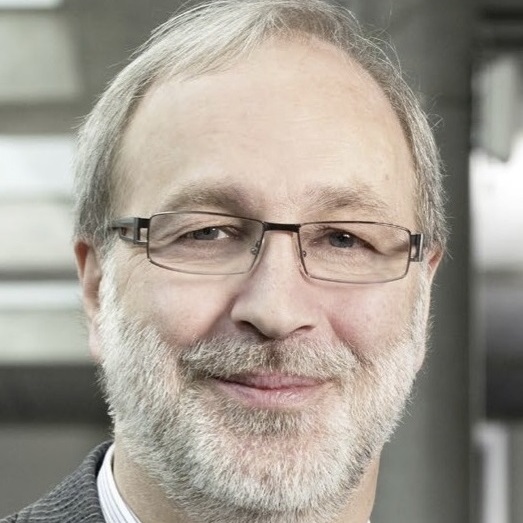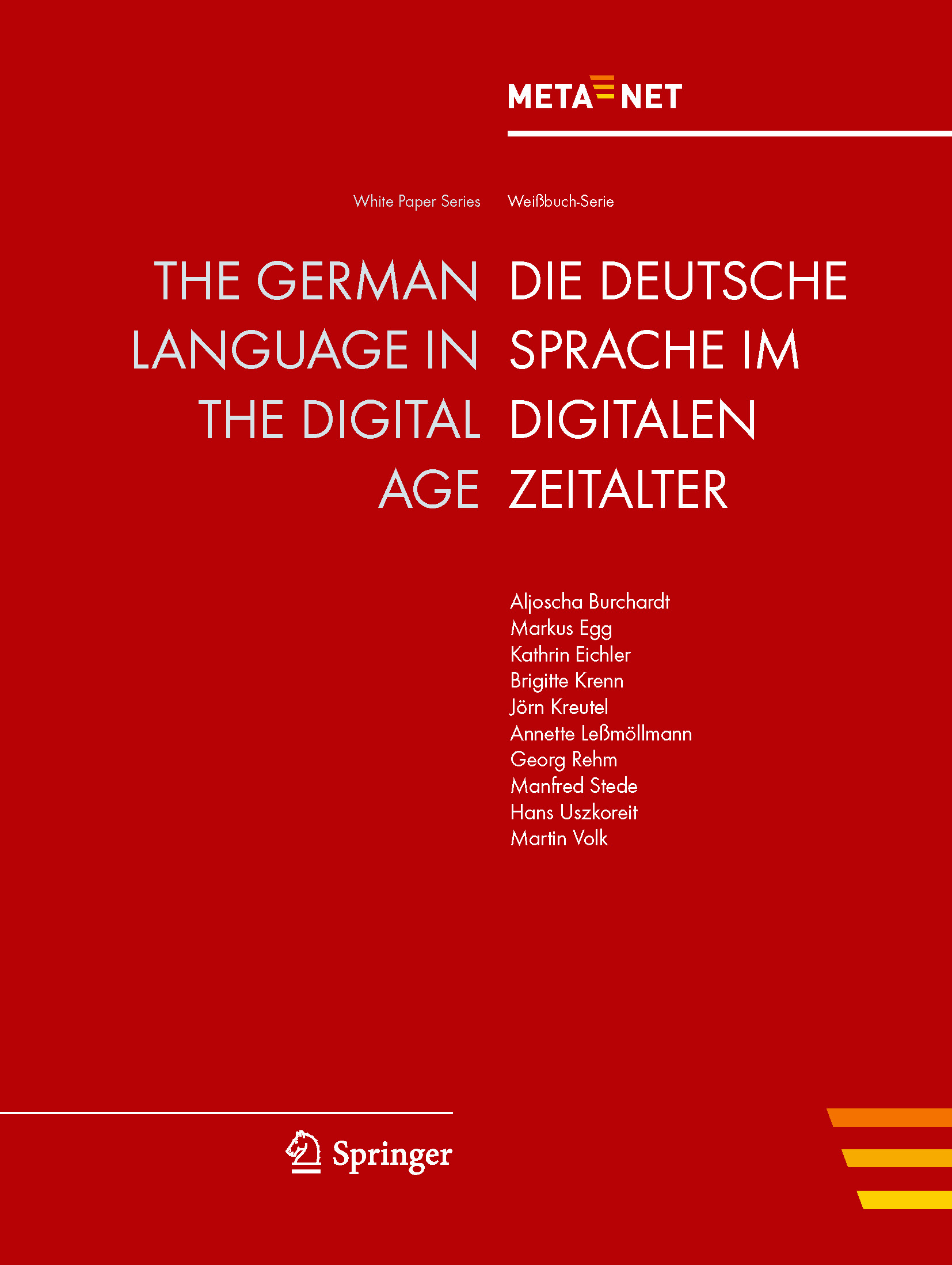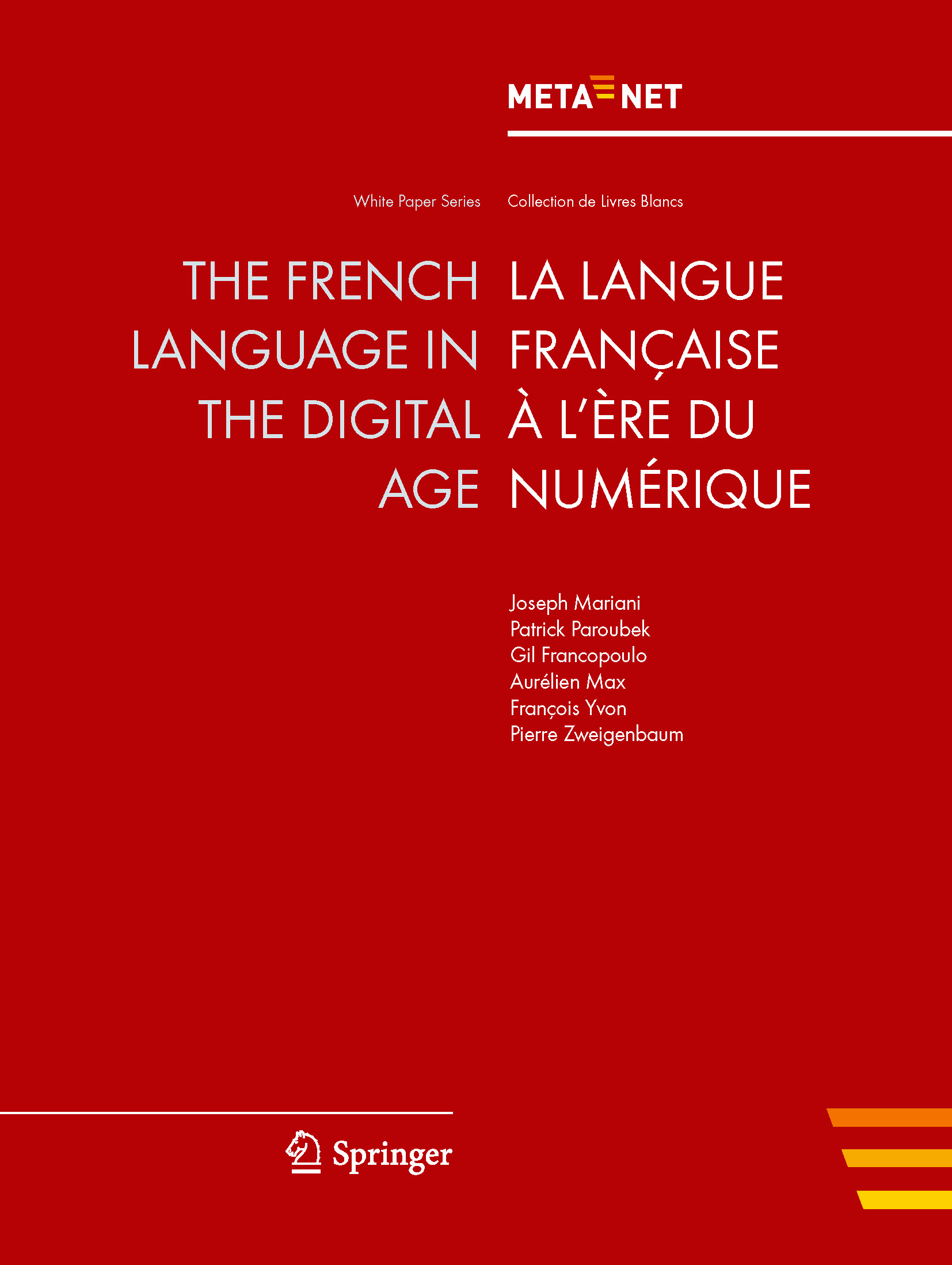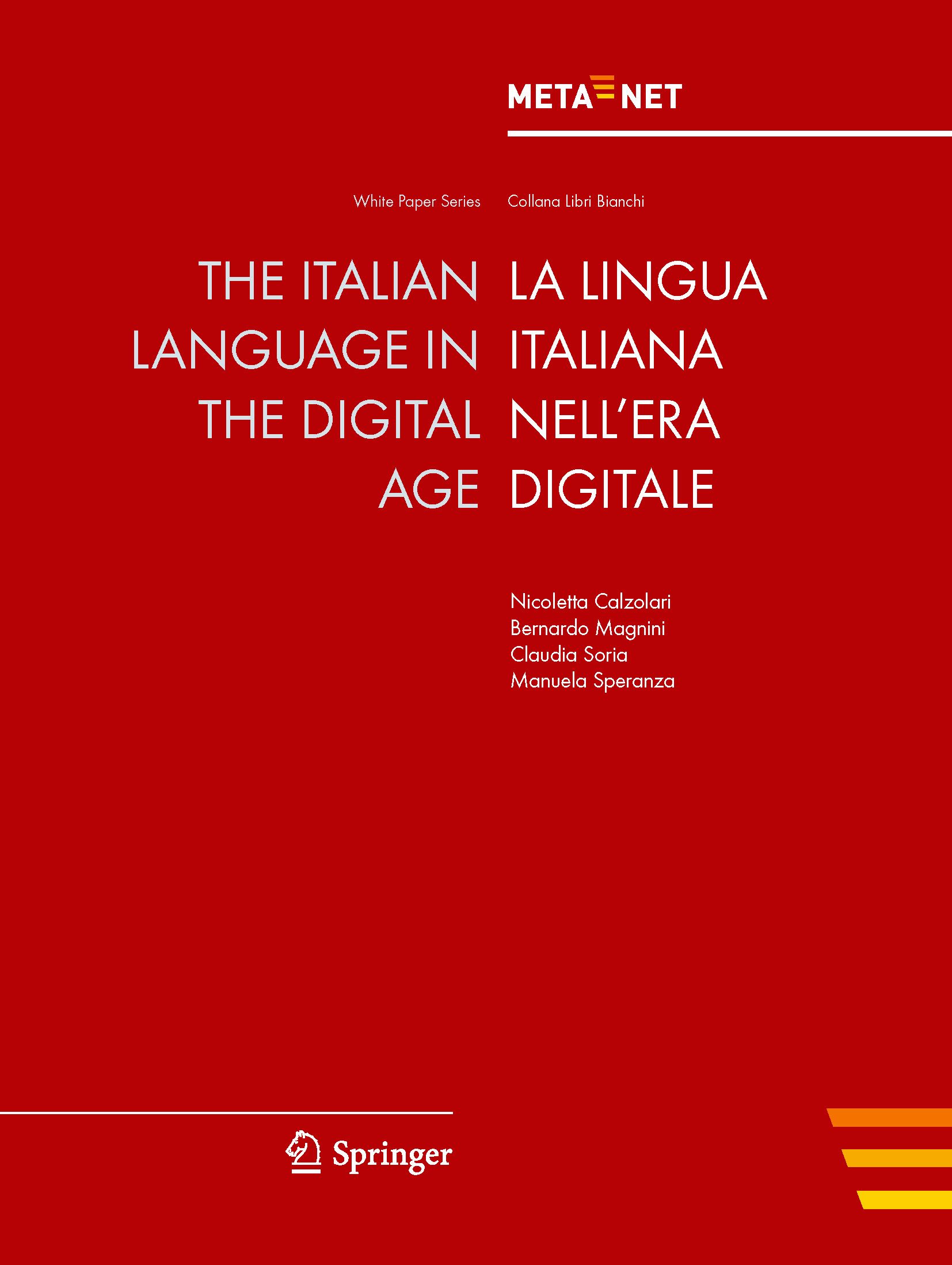The Languages of Switzerland
The official languages of Switzerland are German, French, Italian and Romansh. German is spoken by approximately 62% of the population in 17 cantons in the central, north and east of Switzerland. French is spoken by around 23% of the citizens in the West and Italian by 8% in the south. Only spoken by 0,5% of the population, Romansh is only an official language in the canton of Grisons. Swiss German is basically Alemannic, a German dialect, which can be subclassified in Low, High and Highest Alemannic. It differs much from the standard German so Germans normally cannot understand Swiss German.
Features of Swiss German, which differ from the Standard German:
- On the phonological level, the distinction between voiced and non-voiced obstruents are marked with greater and lesser energy and not the characteristic voiced.
- The word form preterite indicative does not exist. Instead, the word form is replaced by a perfect construction.
- The case genitive is replaced by a possession and preposition construct or a possessor in the dative case and a possessive pronoun.
Swiss French largely corresponds to the French spoken in France or Belgium. The vocabulary contains numerous germanisms. Swiss Italian also mostly corresponds to the Italian spoken in Italy. Indeed, the official number contains the dialect Lombard as well, which is spoken by approximately 350.000 speakers in Switzerland. The vocabulary of Swiss Italian is enriched by German and French words, too.
More detailed information about the languages can be found on the NCC pages for:
NCC Lead Switzerland
Prof. Hervé Bourlard leads the Idiap Research Institute as the Director, teaches as a Professor at the Swiss Federal Institute of Technology, Lausanne (EPFL) and is the Founding Director of a National Centre of Competence in research on “Interactive Multimodal Information Management” and an External Fellow of the International Computer Science Institute at Berkeley. His research interests range from statistical pattern classification over artificial neural networks to applied mathematics, with applications to a wide range of Information and Communication Technologies, including spoken language processing, speech and speaker recognition and language modelling. In this area, he authored or co-authored over 330 scientific articles, conference proceedings and book chapters. Furthermore, he wrote three and edited five books. He participated as a member of several editorial boards of journals like “Speech communication”. He has initiated and managed many national and international projects. Among recent EU projects, he set and coordinated large Integrated Projects like AMI and AMIDA.

Current National Initiatives
- The Swiss National Science Foundation funds many national projects in the area of LT, like EVOLANG, an interdisciplinary research about natural language understanding and audio and speech processing.
Wikipedia contributors. (2020, June 25). Languages of Switzerland. In Wikipedia, The Free Encyclopedia. Retrieved 11:00, July 8, 2020, from https://en.wikipedia.org/wiki/Languages_of_Switzerland.
Wikipedia contributors. (2020, June 28). Swiss German. In Wikipedia, The Free Encyclopedia. Retrieved 11:00, July 8, 2020, from https://en.wikipedia.org/wiki/Swiss_German.
Wikipedia contributors. (2020, June 28). Swiss French. In Wikipedia, The Free Encyclopedia. Retrieved 11:00, July 8, 2020, from https://en.wikipedia.org/wiki/Swiss_French.
Wikipedia contributors. (2020, February 21). Swiss Italian. In Wikipedia, The Free Encyclopedia. Retrieved 11:00, July 8, 2020, from https://en.wikipedia.org/wiki/Swiss_Italian.
Events
| 2020 | |||
|---|---|---|---|
| 1st Regional ELG Workshop: Switzerland, Austria, Germany |
Regional workshop | Zurich, Switzerland | June 23 |
| 2021 | |||
| 9th Regional ELG Workshop: Switzerland, Austria, Germany |
Regional workshop | Zurich, Switzerland | June 14 |
META-NET White Paper on German, French and Italian
Aljoscha Burchardt, Markus Egg, Kathrin Eichler, Brigitte Krenn, Jörn Kreutel, Annette Leßmöllmann, Georg Rehm, Manfred Stede, Hans Uszkoreit, and Martin Volk. Die Deutsche Sprache im digitalen Zeitalter - The German Language in the Digital Age. META-NET White Paper Series: Europe's Languages in the Digital Age. Springer, Heidelberg, New York, Dordrecht, London, 2012. Georg Rehm and Hans Uszkoreit (series editors).
Full text of this META-NET White Paper (PDF)
Additional information on this META-NET White Paper
Joseph Mariani, Patrick Paroubek, Gil Francopoulo, Aurélien Max, François Yvon, and Pierre Zweigenbaum. La langue française à l' Ère du numérique - The French Language in the Digital Age. META-NET White Paper Series: Europe's Languages in the Digital Age. Springer, Heidelberg, New York, Dordrecht, London, 9 2012. Georg Rehm and Hans Uszkoreit (series editors).
Full text of this META-NET White Paper (PDF)
Additional information on this META-NET White Paper
Nicoletta Calzolari, Bernardo Magnini, Claudia Soria, and Manuela Speranza. La Lingua Italiana nell'Era Digitale - The Italian Language in the Digital Age. META-NET White Paper Series: Europe's Languages in the Digital Age. Springer, Heidelberg, New York, Dordrecht, London, 9 2012. Georg Rehm and Hans Uszkoreit (series editors).
Full text of this META-NET White Paper (PDF)
Additional information on this META-NET White Paper
Availability of Tools and Resources for German, French and Italian (as of 2012)
The following table illustrates the support of the German language through speech technologies, machine translation, text analytics and language resources.
| Speech technologies | Excellent
support |
Good
support |
Moderate
support |
Fragmentary
support |
Weak/no
support |
|---|---|---|---|---|---|
| Machine translation | Excellent
support |
Good
support |
Moderate
support |
Fragmentary
support |
Weak/no
support |
| Text analytics | Excellent
support |
Good
support |
Moderate
support |
Fragmentary
support |
Weak/no
support |
| Language resources | Excellent
support |
Good
support |
Moderate
support |
Fragmentary
support |
Weak/no
support |
The following table illustrates the support of the French language through speech technologies, machine translation, text analytics and language resources.
| Speech technologies | Excellent
support |
Good
support |
Moderate
support |
Fragmentary
support |
Weak/no
support |
|---|---|---|---|---|---|
| Machine translation | Excellent
support |
Good
support |
Moderate
support |
Fragmentary
support |
Weak/no
support |
| Text analytics | Excellent
support |
Good
support |
Moderate
support |
Fragmentary
support |
Weak/no
support |
| Language resources | Excellent
support |
Good
support |
Moderate
support |
Fragmentary
support |
Weak/no
support |
The following table illustrates the support of the Italian language through speech technologies, machine translation, text analytics and language resources.
| Speech technologies | Excellent
support |
Good
support |
Moderate
support |
Fragmentary
support |
Weak/no
support |
|---|---|---|---|---|---|
| Machine translation | Excellent
support |
Good
support |
Moderate
support |
Fragmentary
support |
Weak/no
support |
| Text analytics | Excellent
support |
Good
support |
Moderate
support |
Fragmentary
support |
Weak/no
support |
| Language resources | Excellent
support |
Good
support |
Moderate
support |
Fragmentary
support |
Weak/no
support |


